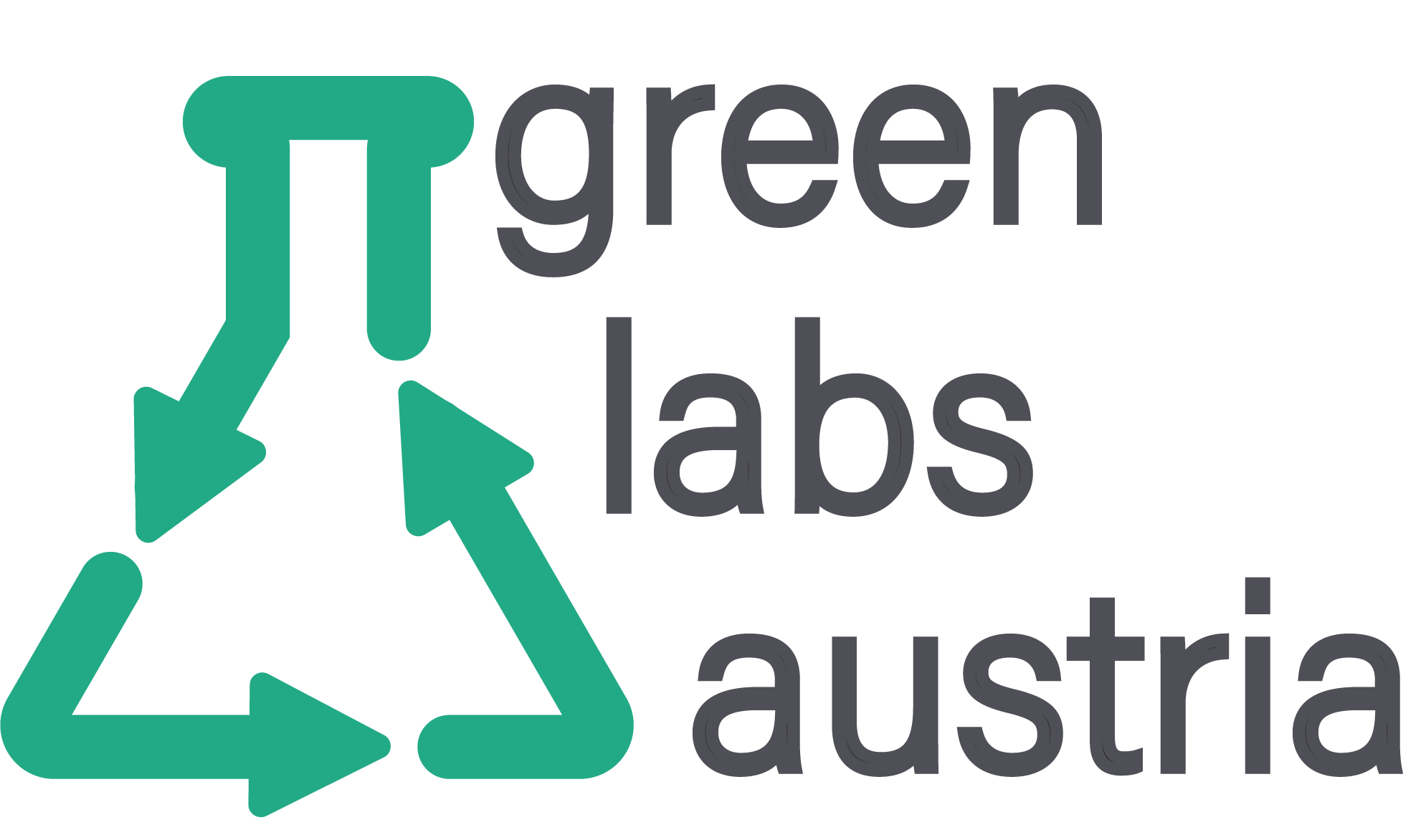Getting started is easy if you have somewhere to start from
The following material contains tips and resources to help students, technicians, and lab members get started on their way to a greener lab.
This includes everything from organizational suggestions to setting up your own plastic recycling pipeline. Anyone can choose to do as much or as little as they choose. We believe that even small changes can make a big difference.
If you find these materials useful, and especially if you want to be part of a larger network, consider joining Green Labs Austria to stay connected and show your support for changing the way labs think about using resources. We would love to hear from you!
Lab Resources
Plastic Recycling
Simple Things Everyone can do Today
Working in the Natural Sciences, you just can't help but notice the amount of waste we produce on a daily basis.
No matter if you are a Master Student, PhD, Post-Doc, PI or Technician, you have the power to start changing things today.
Energy
- Make sure your fume hoods are shut. These are some of the most energy intensive machines in the lab.
- Only keep you freezers open for as long as necessary. The best way to do this is to manage your freezer library.
- Turn off lights when leaving a room
- Turn off machines when not in use
- Label equipment with “turn me off” stickers - we recommend: "Turn me off before you GO GO"
- Turn off or hibernate your computers at the end of each day
- Turn off heatblocks if they are not in use
- Don't leave the PCR cycler running at 4°C overnight. If you have to leave, ask someone to take out your samples.
Waste
- Place a scrap paper bin near the printer(s)
- Recycle office supplies - e.g. paper, return unused toner to the supplier
- Figure out what your consumables are mede of, and how they can be recycled.
- Figure out which consumables can be reused if properly washed/sterilized.
- Re-use gloves where possible
- Avoid ordering single items. Coordinate with other labs and merge orders to avoid excess packaging and multiple deliveries.
Water
- Don't start the autoclave half empty. Go around and ask people if the want to add something. Autoclaves use up to 200L of water per cycle.
- The same goes for the dishwashers (both lab and kitchen)
- If you have access to it, use an motor-driven vacuum pump instead of a water-jet pump. These use up to 15L per minutes
